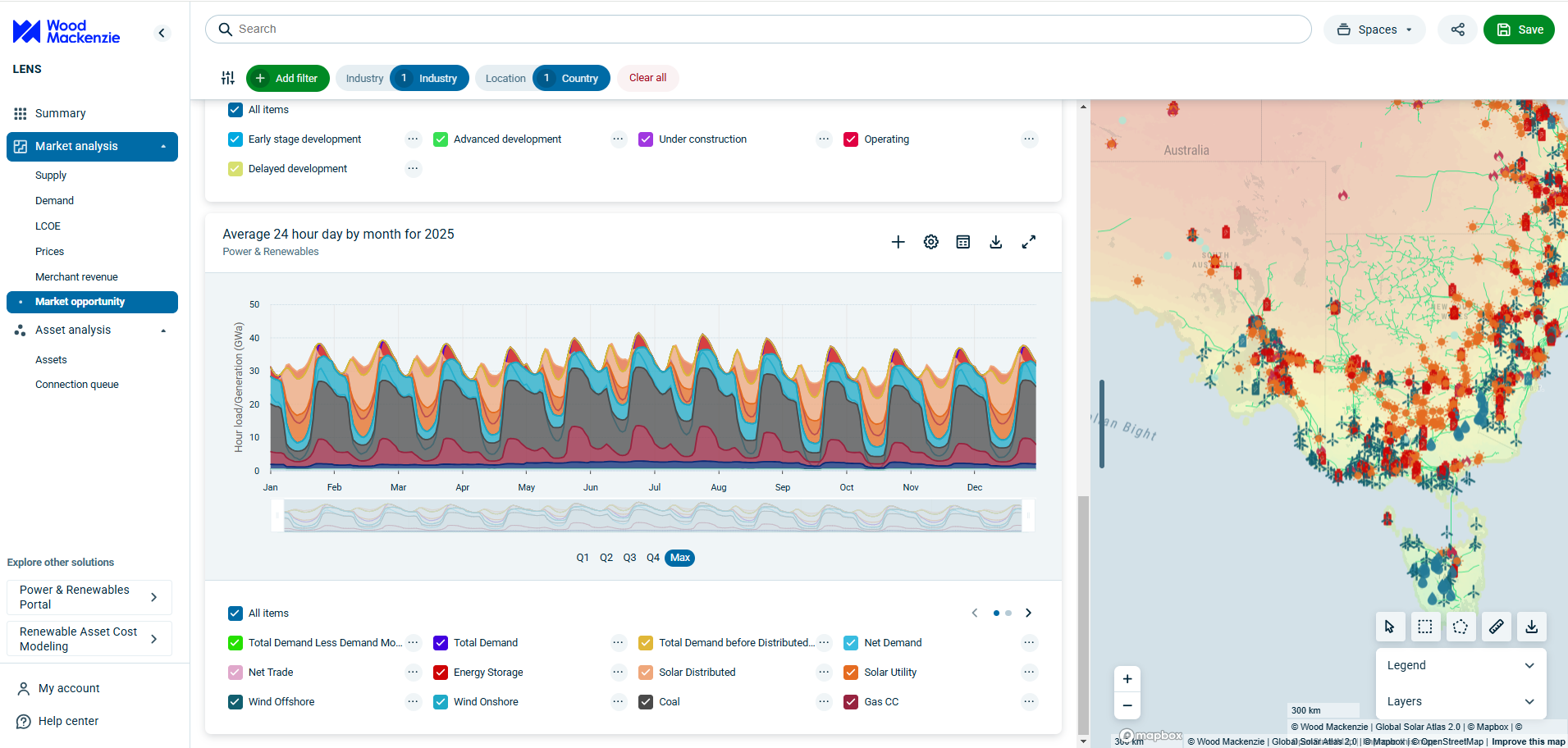Four key takeaways from LME 2024
We spotlight some key themes from conversations at our recent event that will shape the future of metals and mining
3 minute read
Nick Pickens
Research Director, Global Mining

Nick Pickens
Research Director, Global Mining
Nick has over 20 years of experience in the metals and mining sector across base, bulk and precious metals.
Latest articles by Nick
-
Featured
Metals & mining 2025 outlook
-
Opinion
Copper rush: A strategic analysis
-
Opinion
Video | The long-term outlook for copper
-
Opinion
Four key takeaways from LME 2024
-
Opinion
BHP’s all-share offer for Anglo American
-
Featured
Metals and mining 2024 outlook
Suzanne Shaw
Head of Energy Transition & Battery Raw Materials

Suzanne Shaw
Head of Energy Transition & Battery Raw Materials
Suzanne specialises in commodities including cathode and precursor, lithium, cobalt, graphite, rare earths and lead.
View Suzanne Shaw's full profileEmily Brugge
Senior Analyst, Copper Supply

Emily Brugge
Senior Analyst, Copper Supply
Emily contributes to the Copper Markets and Copper Concentrates services.
View Emily Brugge's full profileAndrew Mitchell
Director, Nickel Research

Andrew Mitchell
Director, Nickel Research
Specialising in nickel for over 20 years, Andrew has a deep understanding of the metals and mining industry.
View Andrew Mitchell's full profileAmi Shivkar
Principal Analyst, Aluminium Markets

Ami Shivkar
Principal Analyst, Aluminium Markets
Ami has more than a decade of experience in the metals industry, specialising in aluminium and alumina markets.
View Ami Shivkar's full profileAndrew Thomas
Head of Zinc Market Research

Andrew Thomas
Head of Zinc Market Research
Andrew is responsible for forecasting the supply and demand of refined zinc.
View Andrew Thomas's full profileDaniel Carvalho
Director, Metals & Mining Consulting

Daniel Carvalho
Director, Metals & Mining Consulting
Daniel brings over 18 years of experience as a global operations, process and technology leader.
Latest articles by Daniel
-
Featured
Metals & mining 2025 outlook
-
Opinion
Four key takeaways from LME 2024
-
Opinion
Grey area: can steel really go green?
-
Opinion
How do Western sanctions on Russia impact the global metals, mining and coal markets?
-
Opinion
What’s next for green steel technologies?
-
Featured
Metals and mining 2024 outlook
On 2nd October, Wood Mackenzie’s expert analysts gathered with metals and mining industry leaders in London for our annual LME Forum 2024.
With the global economy still on a challenging path towards stability in the wake of significant recent upheavals, the event was a chance to assess what lies ahead at a pivotal moment for metals.
We have created an insight offering our key takeaways from the event. Fill out the form at the top of the page to download your complimentary copy – or read on for a quick overview of four of our key takeaways:
1. Policy decisions take a central role
Thanks to the legacy of its command economy, central policy decisions have long played a key role in shaping the metals and mining industry and China. However, an atmosphere of heightened geopolitical risk means a more interventionist approach focused on ensuring security of supply is spreading globally.
Governments’ efforts to secure both energy and mineral supply chains have important implications for the metals and mining industry. In addition, policies addressing inflation and economic challenges, such as monetary tightening and stimulus packages, are critical to the future direction of the industry, as are those aimed at reducing emissions through the energy transition.
2. The energy transition is proving a bumpy ride
While double-digit EV sales growth and rapidly expanding renewable generation are encouraging, a sizeable disconnect remains between ambition and reality when it comes to the energy transition.
Last year’s COP 28 summit made clear that no major country is on track to meet its Paris Agreement targets for addressing emissions. The global economy continues to run on fossil fuels, and the fully scaled low-carbon energy system needed to replace them is still many years away.
In the meantime, political will and public appetite for the investment required to accelerate the energy transition seem to be waning. This has complex implications not just for decarbonising the sector, but for metals demand.
3. Miners are prioritising shareholder returns over organic growth
From a supply perspective, substantial capital is needed to bring new mining projects online. We estimate that double the current annual investment of $50-60 billion is needed to align with a net-zero trajectory for the industry. Unfortunately, many major diversified mining companies are putting profits in their shareholders pockets rather than reinvesting for growth by funding new projects.
Stricter environmental, social, and governance (ESG) criteria from boards and financial institutions further complicate investment. While alternative sources of finance are filling some of the gap, they are not always aligned with the broader goal of supply security.
4. Critical energy transition metals enjoy diverging fortunes
The long-term future for critical energy transition metals such as copper, nickel and lithium is relatively assured. However, in the short term, markets are experiencing considerable volatility, which is manifesting itself in different ways. Lithium prices have dropped below expectations as production remains in surplus and inventories rise.
In contrast, copper is experiencing higher prices, underpinned by low stocks and expected recovery in demand. There are a range of options to either cut lithium production or deal with the excess of lower grade material. Meanwhile, high copper prices could encourage additional production from new jurisdictions and investment sources. Decisions made in the supply chain now will impact the ability for markets to meet rising demand for years to come.
Learn more
Don’t forget to fill out the form at the top of the page to download your complimentary copy of the full insight, which offers our key takeaways from LME 2024 on EVs and batteries, lithium, nickel, copper, aluminium, iron ore, steel and zinc.











